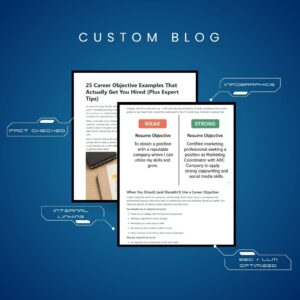Table of Contents
-
Foundation Elements That Actually Move the Needle
-
Advanced Strategies That Separate Winners From Losers
-
Tracking What Really Matters (Not Just Rankings)
-
Enterprise-Level Challenges Most People Never Consider
-
Final Thoughts
TL;DR
-
Most Shopify stores fail at SEO because they skip the foundation work – you can’t optimize what you don’t understand
-
Product page optimization drives revenue, but your category structure determines whether that optimization actually scales
-
Content strategy works when it connects to sales, not when it’s just another blog nobody reads
-
Technical SEO issues like slow loading speeds will kill your rankings faster than bad content ever will
-
You need to track what makes you money, not just what makes you feel good about rankings
-
Big stores face problems that small store advice can’t solve – managing thousands of products is a different game entirely
Keywords to Include: shopify seo case study x1
Here’s the thing – most people hit Google before they even think about Amazon when they’re shopping online. That’s massive untapped potential for Shopify stores that haven’t figured out SEO yet. This shopify seo case study breaks down what actually works versus what just sounds good in theory.
Foundation Elements That Actually Move the Needle
Look, I can’t tell you how many times I’ve watched store owners get excited about writing product descriptions while their site takes 8 seconds to load. It’s like painting a house with a cracked foundation – looks nice for about five minutes, then everything falls apart.
The foundation phase is what separates stores that grow consistently from those that hit a wall after a few months of decent results. Most people think they can skip the boring stuff and jump straight to the “fun” optimization work. That’s backwards thinking that’ll cost you months of progress.
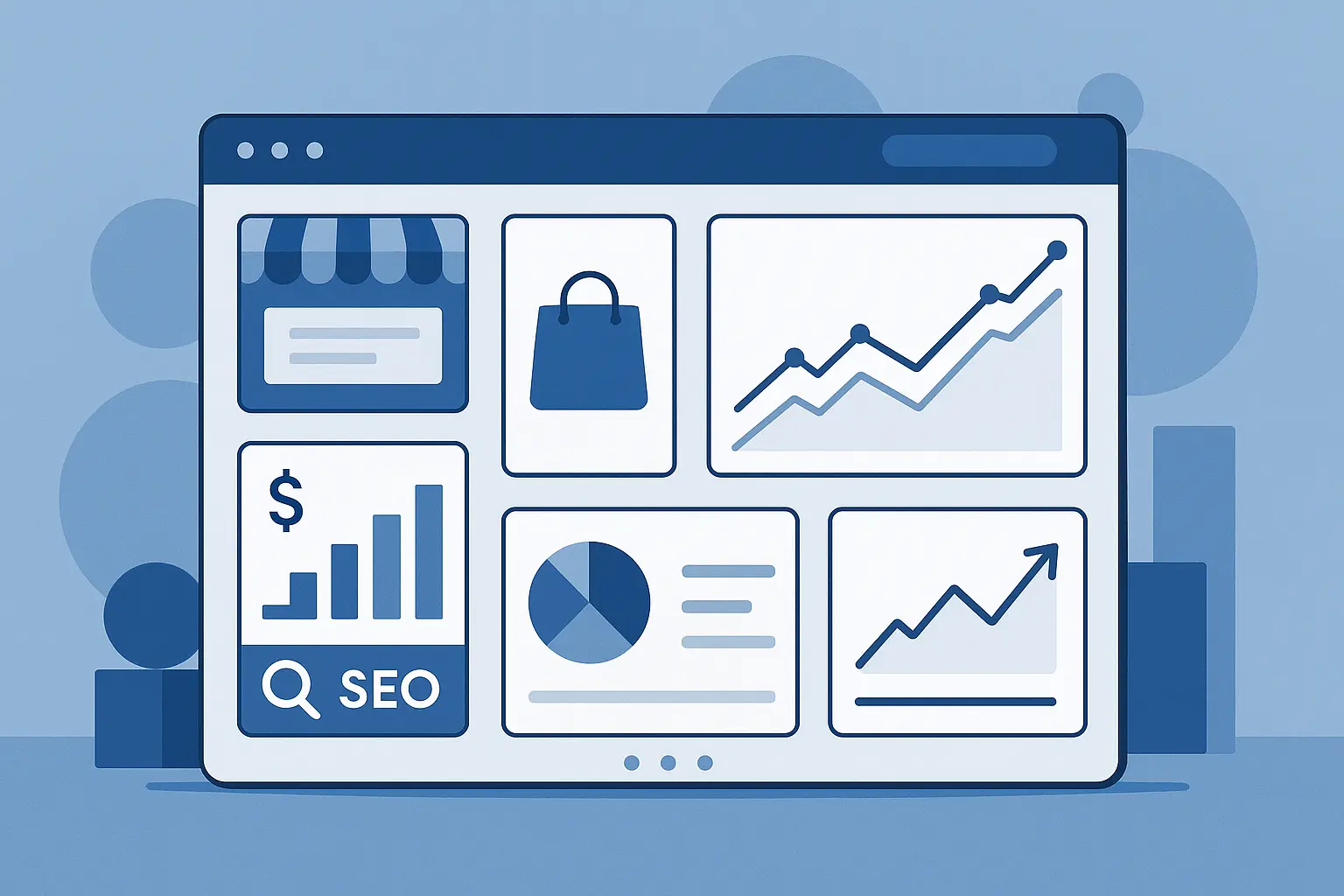
Getting Real About Where You Stand Right Now
Before you touch a single product title, you need to know exactly what’s broken, what’s working, and what opportunities you’re missing. I’ve seen too many store owners who think they know their problems but are usually dead wrong.
You might think your issue is rankings when it’s actually site speed. Or you might be obsessing over content when your real problem is that Google can’t even crawl your site properly.
Keywords to Include: shopify seo case study x1
Here’s what you need to check, and yeah, it’s going to take some time. But trust me, skipping this part is like trying to fix a car without looking under the hood. Any solid shopify seo case study will tell you the same thing.
|
Assessment Area |
What You’re Actually Looking For |
Tools That Don’t Lie |
How Long This Takes |
|---|---|---|---|
|
Technical Health |
Site speed, mobile disasters, crawl errors |
Google PageSpeed Insights, Search Console |
2-3 days |
|
Competitive Analysis |
What they’re doing right (and wrong) |
SEMrush, Ahrefs |
1 week |
|
Keyword Opportunities |
What people actually search for |
Google Keyword Planner, Amazon Suggest |
3-5 days |
Digging Into What’s Actually Broken Under the Hood
Technical issues love to hide in plain sight. They’ll quietly destroy your search performance while you’re busy writing amazing content that nobody will ever see.
I remember this one client – let’s call him Mike – who was selling fitness equipment. Guy had amazing products, great prices, but was getting maybe 10 visitors a day from Google. Turns out his site was taking forever to load because he had 47 different apps installed. Forty-seven! Half of them he forgot he even had.
When conducting comprehensive technical audits, many agencies rely on tools that provide surface-level insights. However, our GA4 audit methodology goes deeper to uncover tracking issues that impact SEO performance measurement and optimization decisions.
We cleaned house, got rid of 30+ apps he wasn’t using, and his traffic doubled in six weeks just from that. No fancy content strategy, no expensive backlink campaigns – just basic housekeeping.
Here’s what actually matters (don’t worry, it’s not as scary as it sounds):
What’s Really Killing Your SEO:
-
Your site loads like it’s 1999 (especially on phones)
-
Google can’t figure out what you’re selling
-
Your pages are confusing hot messes that make people leave immediately
-
You’ve got duplicate content everywhere because your theme is broken
-
Your internal links make no sense
-
Your sitemap is either missing or lying to Google
How Your Competitors Are Actually Beating You
Don’t just spy on your competitors’ keywords and call it a day. You need to dig deeper. What are they doing that’s working? More importantly, what are they screwing up that you can capitalize on?
I worked with Sarah who runs this small organic dog food business out of Portland. She was targeting “organic dog food” and getting nowhere. Meanwhile, her main competitor was ranking for super specific stuff like “grain-free food for anxious rescue dogs” and “organic puppy food for apartment living.”
For comprehensive competitive analysis, understanding which tools provide the most accurate data is crucial. Our detailed comparison of Ahrefs vs SEMrush reveals which platform excels at competitive keyword research and backlink analysis for e-commerce stores.
Once we figured out what her customers were actually searching for, Sarah’s traffic tripled in four months. The competitor was still stuck fighting over generic terms while Sarah owned all the specific, high-converting searches.
Pay attention to how they connect their blog content to their products. The stores that do this well usually dominate their niches, while everyone else is writing content that goes nowhere.
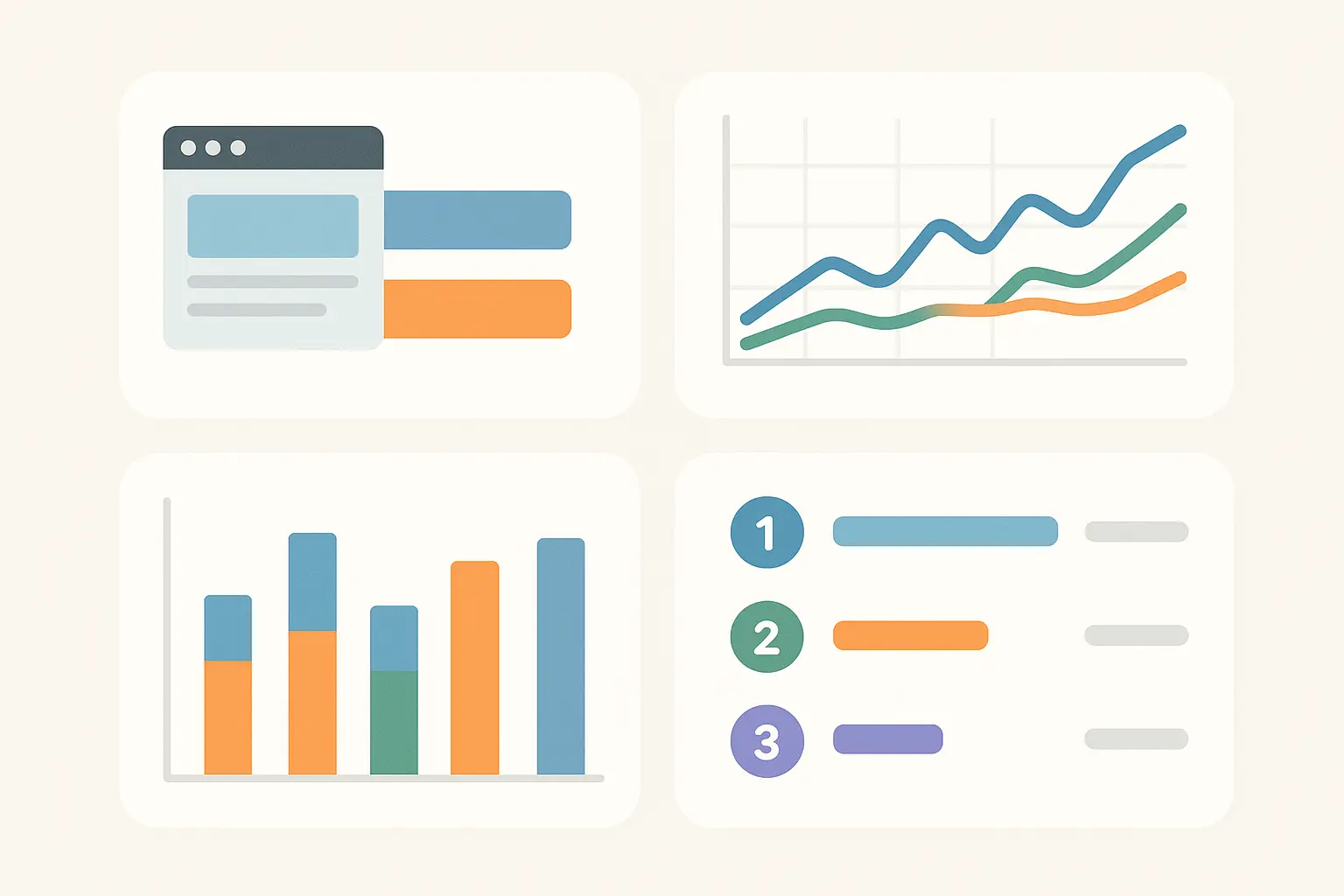
Finding Keywords Your Competitors Completely Missed
Here’s where it gets interesting. The most valuable keywords aren’t always the obvious ones. I’ve found stores missing out on thousands of monthly searches because they only focused on their main product terms.
Real talk: Someone searching “best running shoes for flat feet” is worth way more than someone searching “what are running shoes.” One person’s ready to buy, the other’s just browsing.
Use tools to find what your competitors rank for that you don’t. But don’t stop there – look for the gaps they’ve missed completely. These forgotten keywords often have less competition and convert way better.
A client selling organic dog food was targeting broad terms like “dog food” and “organic pet food” but missing specific long-tail keywords like “grain-free dog food for sensitive stomach” and “organic puppy food small breed.” After identifying these gaps through competitor analysis, they created dedicated category pages for these specific needs, resulting in a 40% increase in qualified organic traffic within six months.
The Four Pillars That Actually Drive Sales
This is where most people mess up. They think SEO is just about getting traffic, but in e-commerce, traffic that doesn’t convert is just expensive bandwidth. These four elements need to work together, or you’ll optimize yourself into a corner.
Making Product Pages That Actually Sell Stuff
Your product pages have the toughest job in SEO – they need to make Google happy AND convince people to buy. I’ve seen perfectly optimized pages that convert nobody and high-converting pages that Google ignores. The sweet spot requires both.
Here’s the thing about product titles – they need your keywords, but they can’t sound like they were written by a robot. “Men’s Waterproof Hiking Boots – Durable Outdoor Footwear for Trail Walking” works way better than “Hiking Boots Men Waterproof Trail Outdoor Shoes Durable.”
Your product descriptions should answer the questions customers actually have, not just list features. Think about search intent – someone looking for “waterproof hiking boots” wants to know they’ll stay dry on the trail, not that they’re made with “advanced synthetic materials.”
Use customer reviews strategically. This stuff is SEO gold because it’s authentic, constantly updated, and full of keywords you’d never think to use. Plus, people trust other customers way more than your marketing copy.
One successful case study showed “Total Sales Increased by 49%” after implementing comprehensive product page optimization that balanced SEO requirements with conversion-focused elements.
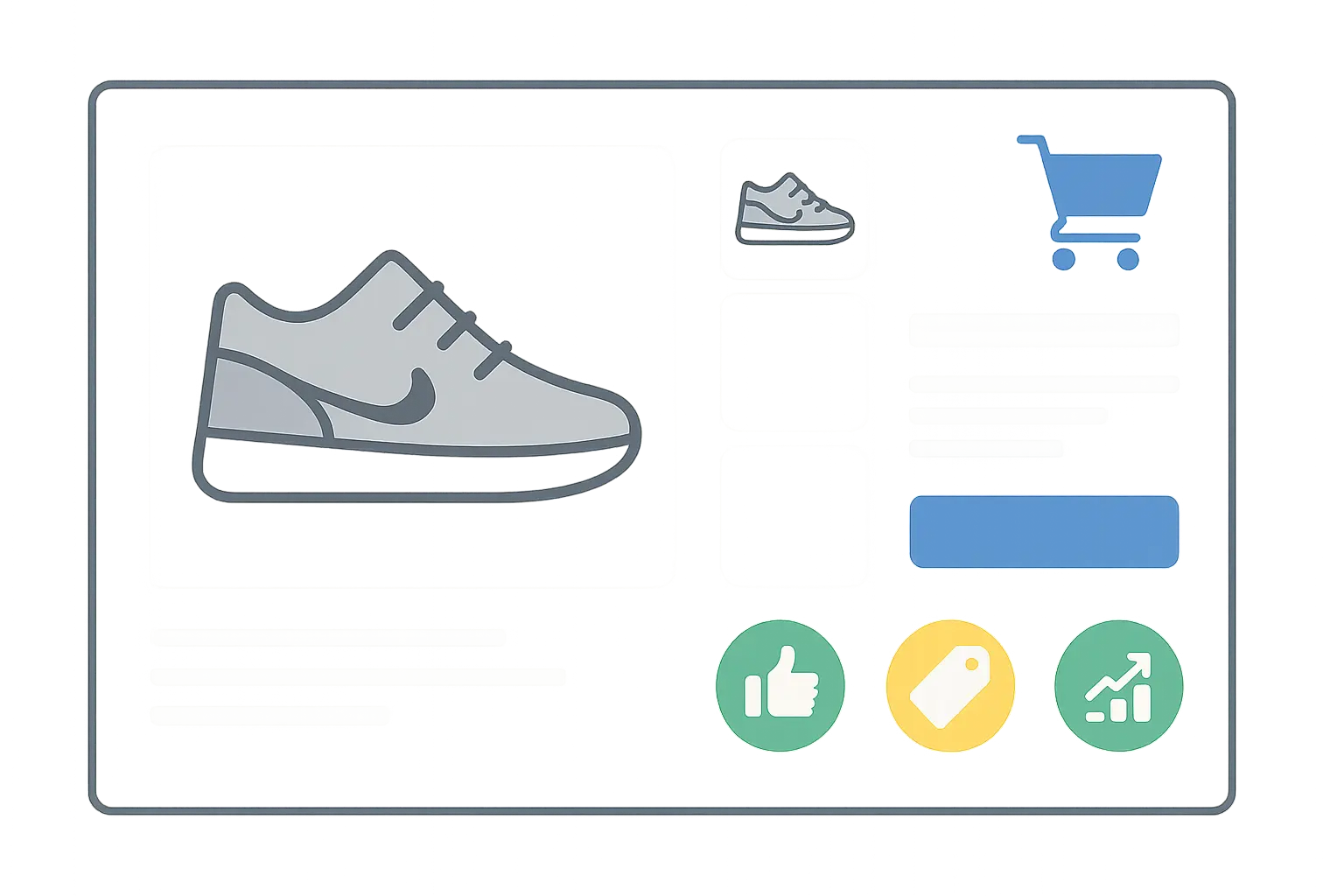
Building Category Pages That Don’t Suck
Your category structure is the backbone of your store’s SEO. Get this wrong, and you’ll struggle with everything else. Get it right, and optimization becomes way easier.
Think about how people actually shop, not how you organize your warehouse. Your categories should match search behavior, not your internal logistics.
I see stores with categories like “Products > Category A > Subcategory B > Item” when their customers are searching for “winter running gear” or “gifts for coffee lovers.” Match your structure to how people think and search.
Create category pages that actually help people, not just list products. Add buying guides, comparison content, and educational material. Use internal linking to connect related categories and push authority to your most important pages.
Content That Actually Supports Your Business
Look, nobody needs another “Ultimate Guide to Running Shoes” that doesn’t help anyone buy anything. Your blog shouldn’t be where good content goes to die. Every piece of content should have a job – either answering customer questions or guiding people toward your products.
Connecting Blog Content to Actual Sales
Here’s where most content strategies fall apart. You’ll create hundreds of blog posts that generate traffic but zero sales because they never connect to your products.
Generating relevant content ideas that actually drive sales requires strategic thinking beyond basic keyword research. Our guide on how to come up with blog topics provides frameworks for identifying content opportunities that support your product pages and customer journey.
Focus on content that addresses real customer pain points. “How to choose running shoes for flat feet” is valuable content that naturally leads to your product pages. “The history of running shoes” is just content for content’s sake.
Create buying guides, comparison posts, and educational content that positions your products as solutions. The goal isn’t just traffic – it’s qualified traffic that’s ready to convert.
Recent insights show that “businesses can show up in searches and get discovered by more people” by creating helpful content with proper keyword targeting, especially as search behavior evolves with new platforms and AI tools.
How to Actually Connect Content to Sales:
-
Mine your customer support tickets for content ideas
-
Create educational content that addresses these questions
-
Include 2-3 natural links to relevant products per article
-
Use buying-intent anchor text (“shop
“, “compare options”) -
Track which blog posts actually lead to sales
-
Double down on what works, kill what doesn’t
Turning Customer Content Into SEO Gold
Customer-generated content is pure SEO magic because it’s authentic, keyword-rich, and constantly updated. Search engines love fresh content, and customers trust other customers more than anything you write.
Push for detailed reviews that include specific product features and use cases. These reviews often contain long-tail keywords that drive qualified traffic you’d never think to target.
Set up Q&A sections on product pages where customers can ask questions and get answers from other buyers. This creates valuable content while addressing common concerns that might prevent sales.

Planning Content Around When People Actually Buy
Seasonal planning can make or break your SEO performance. The stores that plan content around shopping seasons consistently crush those that create content reactively.
Start planning seasonal content at least 3-4 months in advance. Google needs time to index and rank new content, so you can’t wait until Black Friday to create your gift guides.
Don’t forget about micro-seasons and trends in your niche. Back-to-school, summer prep, New Year fitness goals – these create content opportunities throughout the year.
A home fitness equipment store started planning their New Year content in September, creating comprehensive guides like “Home Gym Setup for Small Spaces” and “Best Equipment for New Year Fitness Goals.” By December, these pages were ranking on page 1 for high-volume keywords like “home gym equipment 2024” and “best fitness equipment for beginners,” capturing the surge in New Year fitness searches and generating 300% more January sales compared to the previous year.
Advanced Strategies That Separate Winners From Losers
Once you’ve got the basics down, this is where things get interesting. We’re talking about the stuff that separates stores doing okay from stores absolutely crushing it. Most SEO advice stops at the basics, but the real money is in the advanced stuff.
Technical SEO That Actually Matters
Here’s what drives me crazy – you’ll spend hours perfecting your product descriptions while your site is slower than dial-up internet. I’ve seen stores with perfect copy that nobody finds because Google gave up trying to load their pages.
The technical side isn’t just about making search engines happy – it directly impacts whether people buy from you. Slow pages don’t just rank poorly; they lose sales before customers even see your products.
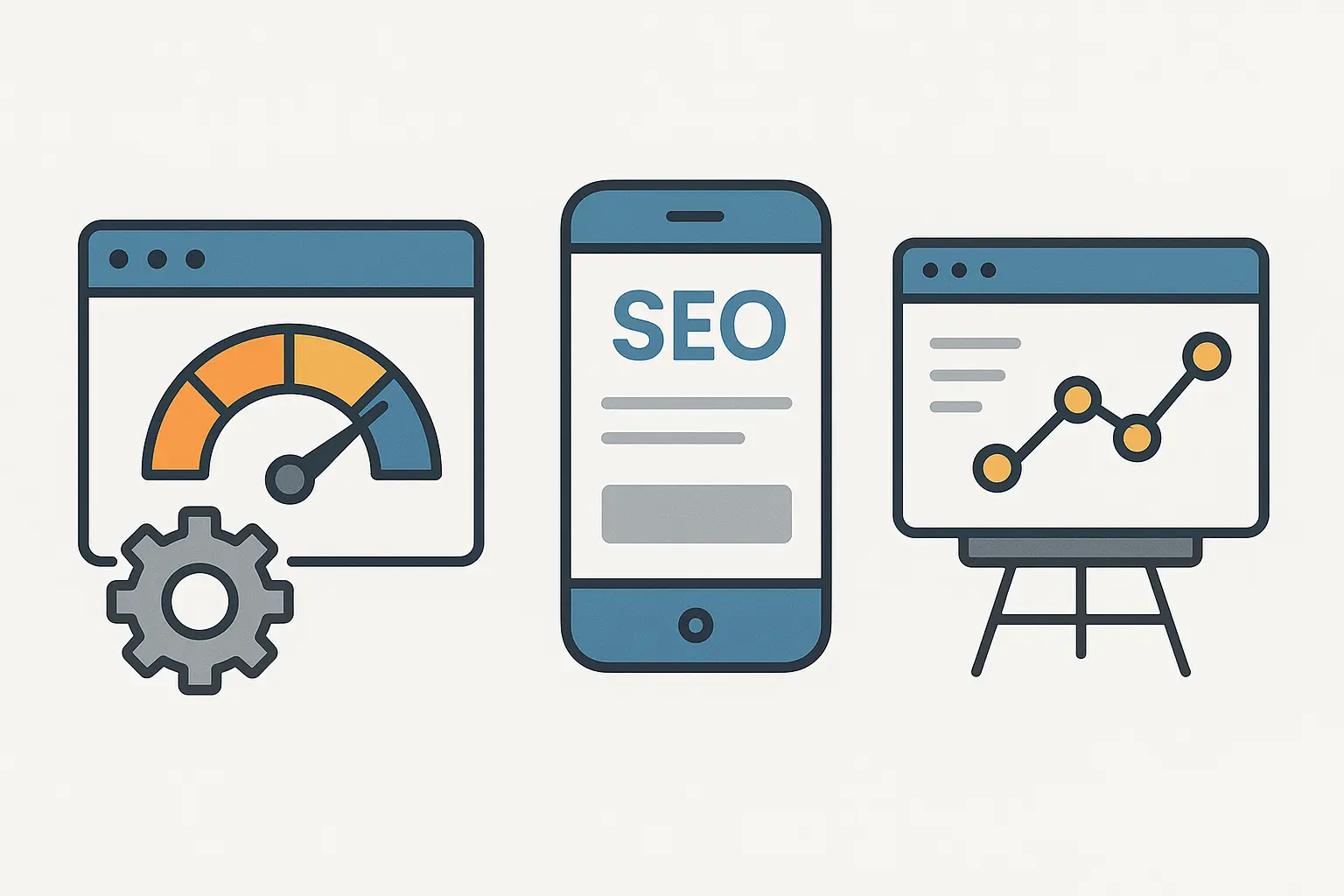
Making Your Store Fast Enough to Actually Matter
Google’s Core Web Vitals aren’t just ranking factors – they’re business metrics. Slow stores lose customers before they even see your products.
Start with images because product photos are usually what’s killing your speed. Use WebP format when possible and implement lazy loading for images below the fold. Most store owners upload massive images straight from their camera and wonder why their site crawls.
Here’s the brutal truth about apps: every single one adds code to your store, and most of them include unnecessary scripts that slow everything down. Audit ruthlessly. If you’re not actively using an app, delete it. I’ve seen stores speed up by 40% just from cleaning house. Choose themes built for performance, not just pretty looks. Some beautiful themes are performance disasters that will destroy your rankings and conversions.
Making Google Actually Understand What You’re Selling
Structured data is how you talk to search engines in their language. Without proper schema markup, Google has to guess what your content means, and Google’s not great at guessing.
Implement product schema on all your product pages. This includes price, availability, reviews, and product details that can show up as rich snippets in search results.
Use review schema to display star ratings in search results. These visual elements dramatically improve click-through rates, which tells Google your pages are worth ranking higher.
What Actually Needs Schema Markup:
-
Product details (name, price, availability, reviews)
-
Review/Rating schema for those gold stars in search results
-
Organization schema so Google knows who you are
-
Breadcrumb schema for navigation
-
FAQ schema for product Q&As
-
Video schema if you have product demos
SEO That Actually Converts
The best SEO drives revenue, not just traffic. I’ve seen stores double their organic traffic while their sales stayed flat because they optimized for the wrong things.
Matching Pages to What People Actually Want
Search intent determines whether your traffic converts. Someone searching “running shoe reviews” wants different content than someone searching “buy Nike Air Max size 10.”
Keywords to Include: shopify case study x1
Here’s what I learned from analyzing search results: if Google shows mostly comparison articles for your keyword, don’t try to rank a product page there. This insight from our shopify case study analysis shows why understanding intent is crucial for actual conversions.
Create different page types for different stages of the buying journey. Educational content for research queries, comparison pages for evaluation, and optimized product pages for buying intent.
Use your analytics to figure out which keywords drive traffic that actually converts versus which ones bring visitors who bounce immediately. Focus your efforts on the converting keywords.
|
What People Are Really Looking For |
Keyword Examples |
What Page Type Works |
What to Include |
|---|---|---|---|
|
Learning/Research |
“how to choose running shoes” |
Blog post/Guide |
Educational content, links to products |
|
Comparing Options |
“best running shoes 2024” |
Comparison page |
Product comparisons, pros/cons, buying guide |
|
Ready to Buy |
“buy Nike Air Max 270” |
Product page |
Product details, reviews, clear buy button |
|
Finding You Specifically |
“Nike official store” |
Homepage/Brand page |
Brand info, product categories |
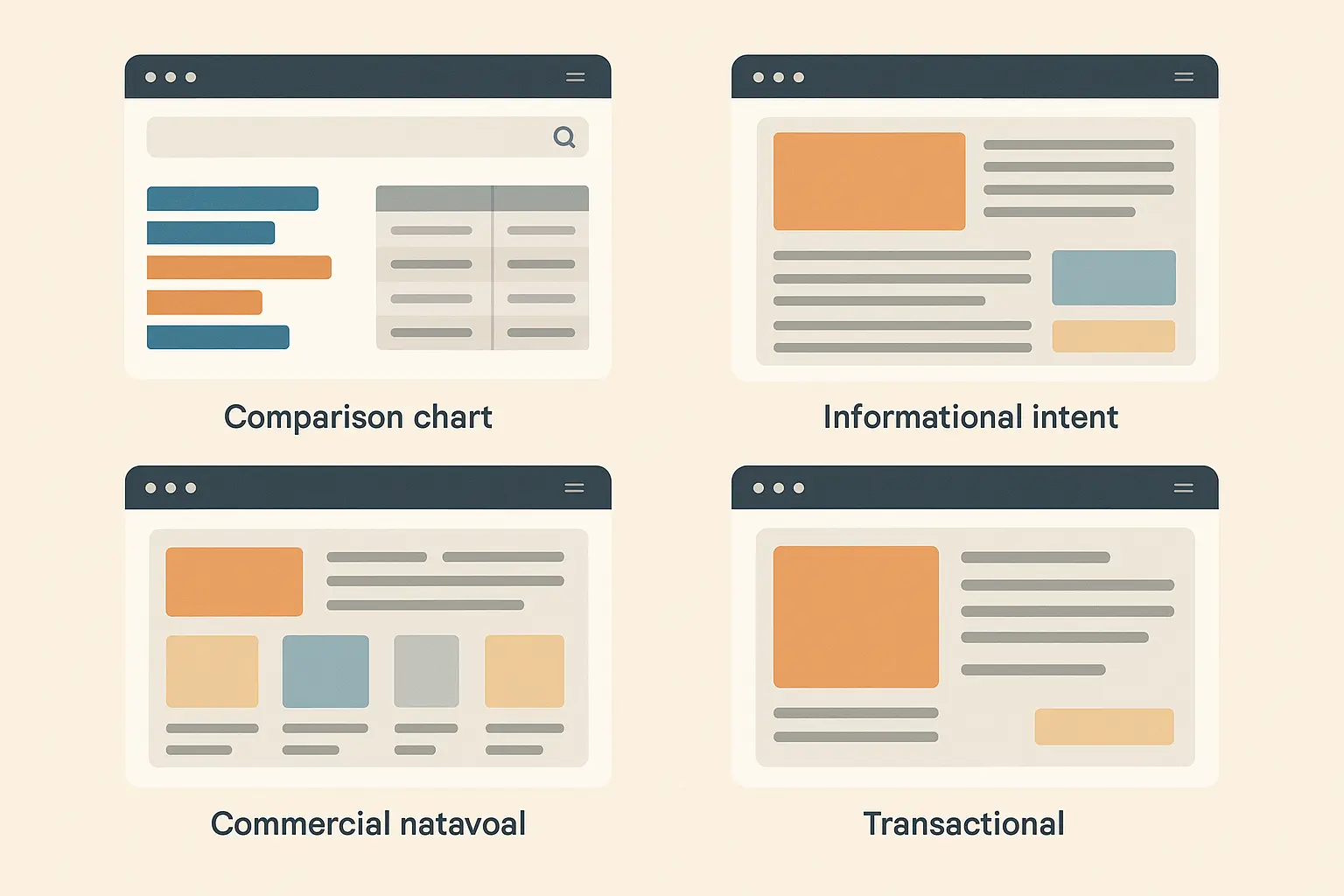
Tracking What Really Matters (Not Just Rankings)
Most store owners track the wrong SEO metrics. Rankings feel good, but they don’t pay the bills. You need to measure what actually makes you money, not what makes you feel good about your SEO efforts.
Setting Up Tracking That Shows Real Impact
Without proper tracking, you’re optimizing blind. You need systems that connect SEO efforts to business results, not just search engine metrics. Calculating the real return on your SEO investments requires understanding both direct revenue and long-term customer value. Our SEO ROI calculator helps e-commerce stores measure the true impact of their optimization efforts beyond simple traffic metrics.
Set up goal tracking that measures actual business outcomes – sales, leads, email signups, whatever drives your business forward. Track organic traffic quality, not just quantity. A 50% increase in traffic means nothing if those visitors don’t convert.
Monitor your organic conversion rates by landing page to identify which pages need optimization beyond just ranking improvements.
Figuring Out What’s Actually Making You Money
E-commerce attribution is messy because customers don’t follow straight lines to purchase. Someone might discover you through organic search, leave, come back through email, and finally buy through a paid ad. If you only track last-click conversions, you’ll think SEO isn’t working when it’s actually driving half your sales.
Set up multi-touch attribution to understand how organic search assists conversions even when it’s not the final click. Track customer lifetime value by acquisition channel to understand the long-term impact of your SEO efforts.
Monitor how organic traffic influences other channels – SEO often drives brand awareness that leads to direct traffic and better paid search performance. Use cohort analysis to see how organic customers behave differently from other acquisition channels.
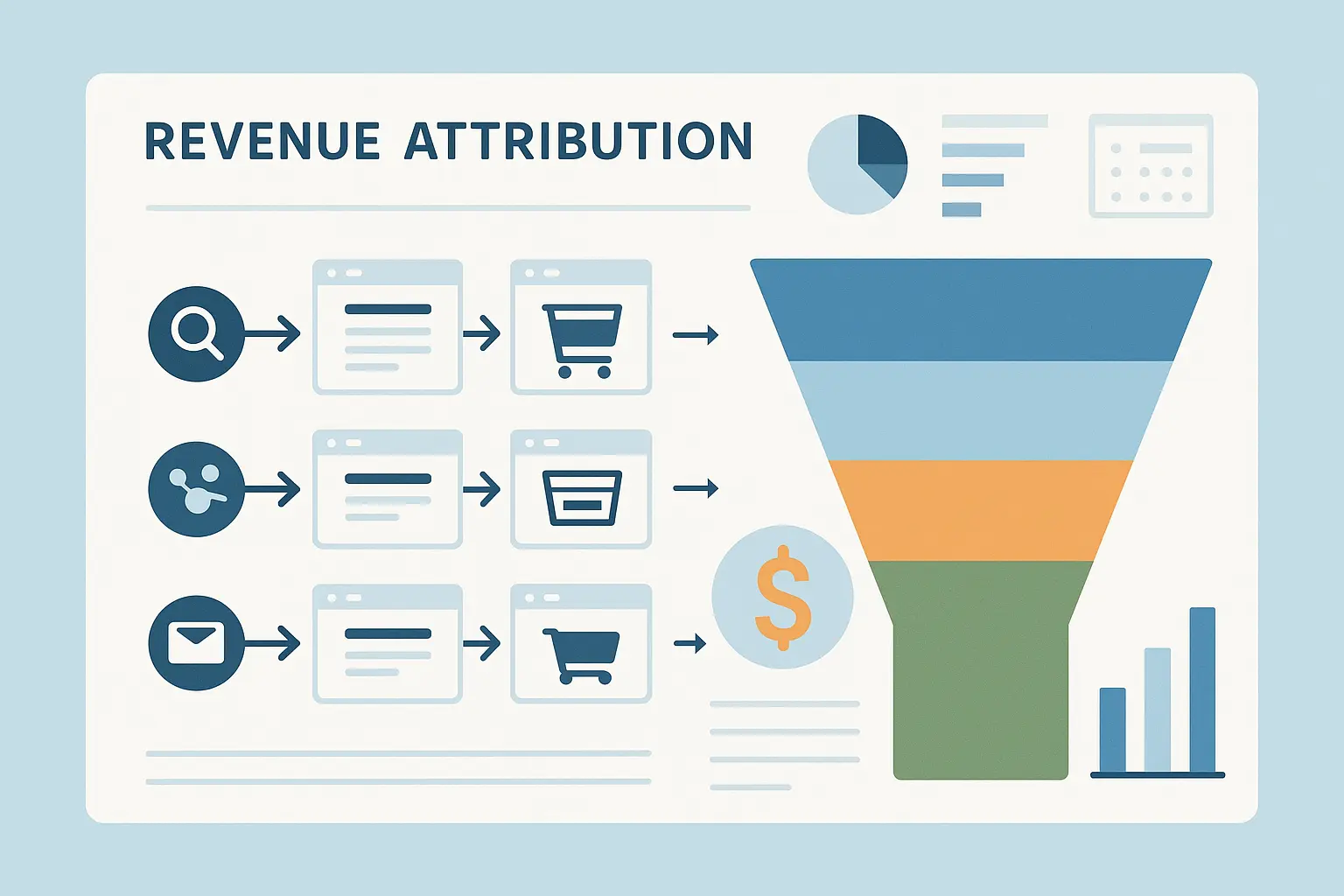
Monitoring Keywords That Actually Matter
Keyword tracking needs to focus on business impact, not just rankings. Position #3 for a keyword that converts is way better than position #1 for a keyword that doesn’t.
Track keyword rankings, but also monitor click-through rates and conversion rates for each keyword. Watch for SERP feature opportunities – featured snippets, shopping results, and local packs can drive traffic even if you’re not ranking #1.
Monitor seasonal keyword trends to plan content and optimization efforts around peak search periods. Set up alerts for significant ranking changes so you can respond quickly to algorithm updates or competitive threats.
Making SEO Better Over Time
SEO isn’t a one-time project – it’s an ongoing process of testing, measuring, and improving. The stores that treat it as continuous optimization consistently outperform those that optimize once and forget about it.
Testing Your Way to Better Results
A/B testing in SEO is tricky because you can’t split search traffic like paid ads. But you can still test systematically to improve performance.
Test different title tag approaches on similar pages to see what drives better click-through rates from search results. Experiment with different page structures and content layouts to find what keeps visitors engaged and drives conversions.
Test meta descriptions to improve click-through rates – small improvements in CTR can significantly impact your overall organic traffic. Use seasonal periods to test different approaches when you have more data to work with.
A Shopify store selling kitchen appliances tested two different title tag formats across similar product pages: “Product Name – Brand | Store Name” versus “Product Name: Key Benefit | Free Shipping | Store Name”. The second format, which included benefit-focused modifiers, increased click-through rates by 23% and led to a 15% boost in organic conversions over a three-month testing period.
Enterprise-Level Challenges Most People Never Consider
If you’re running a massive store with thousands of products, you’ve probably realized that most SEO advice doesn’t apply to you. The strategies that work for a 50-product boutique will break your site. Scale creates problems that small store advice can’t solve.

Problems That Only Show Up at Scale
Large catalogs create SEO nightmares that smaller stores never face. Crawl budget becomes a real constraint when you have thousands of pages competing for Google’s attention.
Keywords to Include: shopify plus case study x1
Manage your crawl budget by prioritizing your most important pages and blocking search engines from crawling low-value pages. This becomes critical in any shopify plus case study where enterprise-level stores must balance comprehensive product catalogs with search engine efficiency.
Implement systematic approaches to avoid thin content across large product catalogs – every page needs to provide unique value. Create template-based optimization systems that can scale across thousands of products without requiring individual attention for each page.
The recent March 2024 Google Core Update showed that “businesses respond with panic” when algorithm changes hit, but enterprise stores need structured recovery processes. One agency successfully recovered traffic by systematically rewriting outdated content and removing keyword stuffing across thousands of pages, showing that disciplined approaches work better than reactive fixes.
Managing SEO Across Multiple Countries
International SEO multiplies every challenge. You’re not just optimizing for search engines – you’re optimizing for different search engines, languages, and cultural contexts.
Implement hreflang tags correctly to avoid duplicate content issues across international versions of your store. Conduct keyword research for each market separately – direct translations rarely work for SEO.
Create region-specific content strategies that account for local shopping behaviors and seasonal patterns. Coordinate optimization efforts across markets to avoid conflicts and ensure consistent brand messaging.
Keeping Thousands of Products Optimized
Managing SEO for thousands of products requires systems that smaller stores don’t need. You can’t optimize each page individually – you’ll go insane trying.
Create optimization templates and guidelines that ensure consistency across your entire catalog. Implement automated systems for updating product information and maintaining optimization standards.
Develop strategies for handling seasonal inventory changes without losing SEO value from discontinued products. Use data analysis to identify which products and categories drive the most SEO value and prioritize optimization efforts accordingly.
Enterprise SEO Management Template:
-
Category-level optimization templates
-
Automated product description guidelines
-
Seasonal inventory SEO protocols
-
International market coordination checklist
-
Crawl budget allocation strategy
-
Performance monitoring dashboards
-
Content quality assurance processes
Advanced Analytics for Enterprise Stores
Enterprise analytics needs go far beyond basic Google Analytics. You need systems that can handle complex data requirements and provide insights that scale with your business.
For enterprise-level stores, understanding the true return on SEO investments becomes complex when dealing with multiple product lines and markets. Our comprehensive enterprise SEO ROI calculator helps large-scale operations measure performance across different segments and international markets.
Implement enhanced e-commerce tracking that captures detailed product and customer behavior data. Set up custom dimensions and metrics that align with your specific business requirements.
Integrate SEO data with your business intelligence systems to understand the full impact of optimization efforts. Create automated reporting systems that provide insights without requiring manual data analysis.
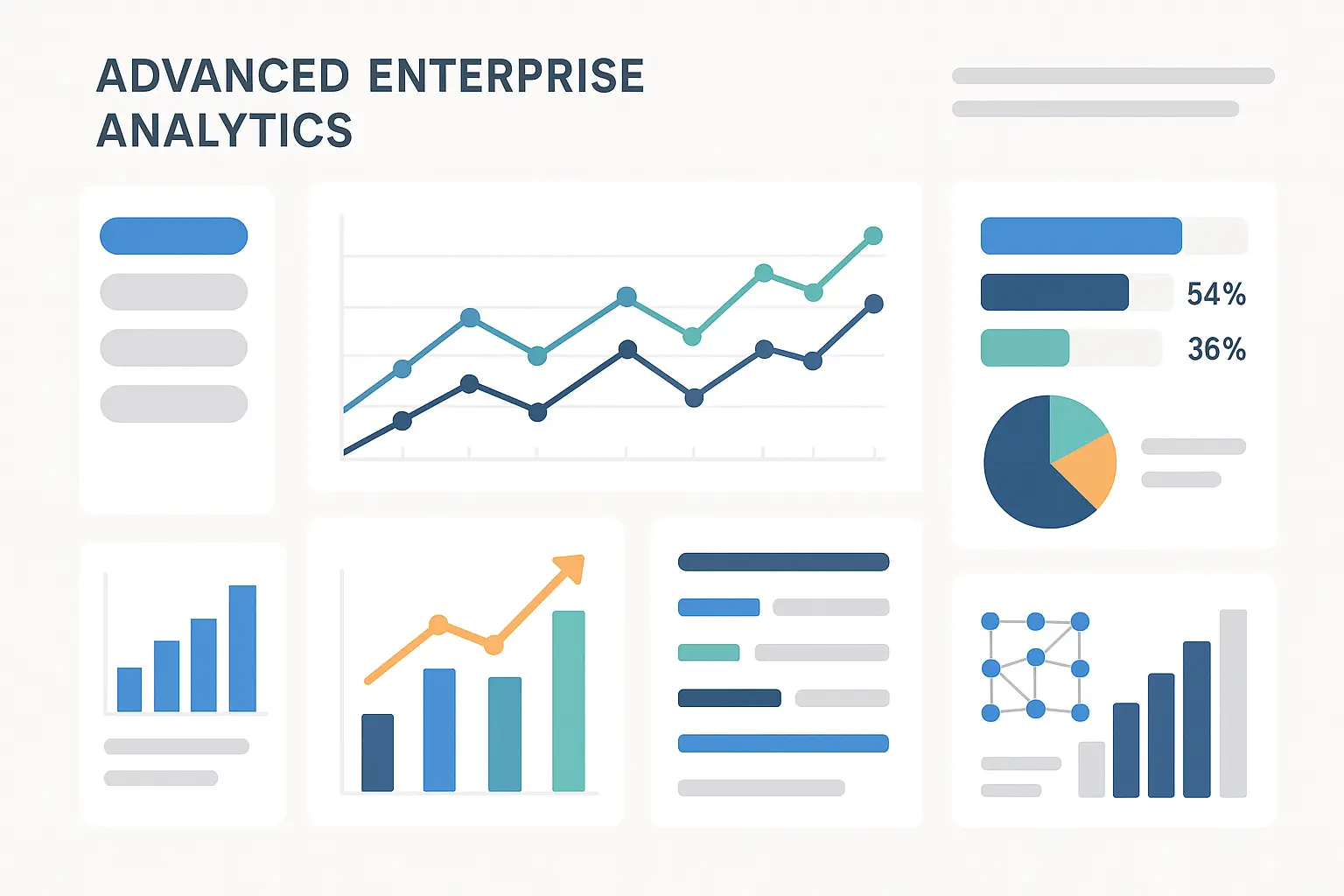
The Marketing Agency understands these enterprise-level challenges because we’ve worked with Shopify Plus stores that face exactly these issues. Our AI-enhanced approach can analyze large product catalogs, identify optimization opportunities at scale, and implement systematic improvements that work across thousands of products. If you’re dealing with the complexity of enterprise SEO, our team can help you build the systems and processes needed to maintain optimization at scale.
Final Thoughts
Keywords to Include: shopify seo case study x1
After analyzing dozens of successful Shopify SEO transformations, the pattern is clear: the stores that win treat SEO as a business strategy, not just another marketing checkbox. They focus on what actually makes money, build systems that scale, and never stop testing what works. This comprehensive shopify seo case study analysis reveals that success comes from methodical execution, not quick fixes or magic bullets.
Here’s what I wish someone had told me when I started: the technical foundation matters way more than most people realize. You can have perfect content and still fail if your site loads like it’s running on a potato or your structured data is completely broken. But technical excellence alone isn’t enough – you need content and optimization strategies that align with how your customers actually search and buy.
The biggest mistake I see everywhere is treating SEO like a one-time project. You optimize once, maybe see some results, then wonder why everything falls apart six months later. The stores that dominate their markets treat optimization as an ongoing process of testing, measuring, and improving. They build systems that can scale with their growth and adapt when Google inevitably changes something.
And can we talk about how frustrating it is when you finally get ranked and then Google changes something and your traffic tanks? Yeah, that’s part of the game. The stores that survive are the ones that don’t put all their eggs in one SEO basket.
Enterprise stores face unique challenges that require specialized approaches, but the fundamentals remain the same: understand what your customers actually want, give it to them better than everyone else, and keep testing what works. Whether you’re managing 100 products or 10,000, success comes from systematic execution of proven strategies.
Bottom line: Fix your foundation first, then worry about the fancy stuff. Focus on revenue impact over vanity metrics. And remember – SEO is a marathon, not a sprint. The stores that get this right don’t just survive algorithm updates; they use them as opportunities to pull further ahead of competitors who are still chasing yesterday’s tactics.




